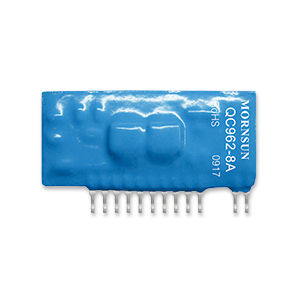
At this point, there is no voltage at the gate. The junction j1 becomes forward biased and j2 becomes reverse biased. The collector-emitter is connected to Vcc such that the collector is kept at a positive voltage than the emitter. Its working is based on the biasing between Gate-Emitter terminals and Collector-Emitter terminals.

The two terminals of IGBT collector (C) and emitter (E) are used for the conduction of current while the gate (G) is used for controlling the IGBT.

To include this path, another NPN transistor must be included in the structure as shown in the figure below. The 2 nd path is “collector, P+ substrate, N-, P, N+, emitter”. This path is already mentioned using the PNP transistor in an equivalent structure. The first path is “collector, P+ substrate, N-, P, emitter”. The current path is directed from collector to emitter. If we look at the structure of the IGBT above, there is more than one path for the current to flow. The resistance of the drift region can also be incorporated.

While the N- layer is called the drift region. The base P+ layer inject holes into N- layer that is why it is called injector layer. The emitter is directly attached to the N+ region while the gate is insulated using a silicon dioxide layer. The emitter and gate are metal electrodes. N+ regions are diffused over the P region as shown in the figure. The P region is designed in such a way to leave a path in the middle for the gate (G) electrode. Two P regions are fabricated on top of N- layer to form PN junction J2. An N- layer is placed on top of it to form PN junction J1. A P+ substrate is used for the construction of IGBT. The collector (C) electrode is attached to P layer while the emitter (E) is attached between the P and N layers. IGBT is made of four layers of semiconductor to form a PNPN structure.
.jpg)
It is a four-layer PNPN device having three PN junctions.


 0 kommentar(er)
0 kommentar(er)
